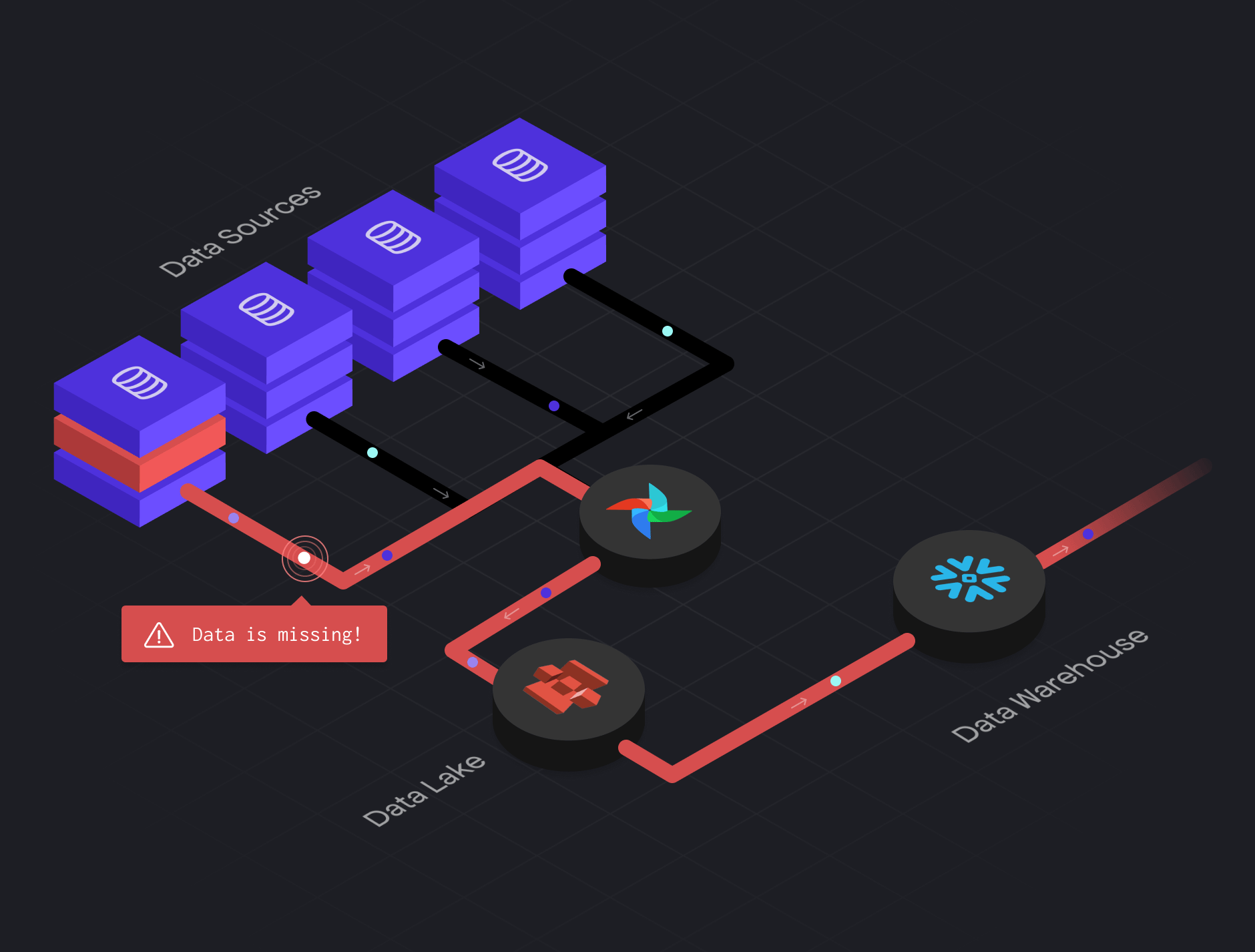Project Overview
The Data Operations team drives operational efficiency and reliable landing times across Meta's data warehouse. We're like plumbers. We unclog data pipelines, keeping the inputs to all that ad revenue flowing. Our team of 20 engineers is tasked with providing a first response when shit happens. We support over 600k data pipelines. That's over a million pipeline failures per year, supporting unfathomably massive platforms like WhatsApp, Facebook, Messenger, Instagram and dozens of others across Meta (~4 billion daily active users!)
At the start of COVID-19 our live streaming and video conferencing spiked in usage across the globe, inundating our data workers and straining the infrastructure that makes their work possible. Our DataOps systems programatically triage ~85% of these failures, fixing them within seconds. Another 7% are manually handled by DataOps oncall. But that remaining 8% soon became unmanagable to data engineer oncalls, the pipeline owners.
Meanwhile our tooling wasn't any help to them. It was conceived, built, and launched without a designer. The UX was unintuitive and the data sources seemed unreliable at times. How could we scale Data Operations to keep up? My solution was Design Thinking.
Shortly after the talented Casey Wu joined the team she and I went to work, interviewing dozens of data engineers. We observed their workflows, asked questions, and followed our curiosity. Within weeks we gained valuable insights into our customers' problem space that DataOps hadn't picked up on in years.
Fast forward several months. Every aspect of DataOps now actively engages our customers (Meta data engineers), enlisting their help in our design process to better serve them. From front-end web, mobile, and chatbot tooling to backend failure batching and queuing, cross-functional integrations, and new self-service tools. Casey and I helped the whole org embrace the idea of design thinking as an engineering discipline, not just a PM or designer's skill.

